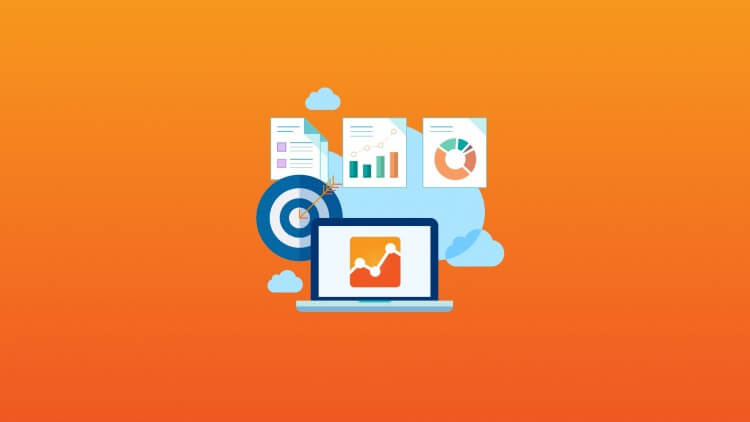Data analytics and business analytics have become such integral parts of businesses that it is time to demystify these areas so that both businesses and job seekers can gather the courage to take bold steps in these fields. This post aims to give you a brief, simple and yet comprehensive view of business analytics and some of its primary aspects. We have a lot of things to cover, so let us start.
What is business analytics
Analytics is the study of data and the processes related to data analysis. When you analyze data to acquire business insights which in turn help improve business processes, solve problems, and support decision making, you call it business analytics. So, the basic principle of business analytics is as simple as it can get. You gather data; analyze it; get the insights and improve business. For the data analysis part you can use various statistical models. You can visualize them with tools like Excel or Tableau. But wait, that looks a bit too simple for something that has bewildered so many people for so many years and made so many others pay a business analytics course.
The truth behind it
Data analysis and business management are all great things once you have got some usable data. But the truth is that data does not care about your goals. For every ounce of good usable data you get a tonne of unclean data. Business analytics involves the cleaning of dirty data so as to find clean and usable data. If you use unclean and irrelevant data, your statistical models will generate noise with very little usable results.
Then again it is not just about cleaning the data. Using the right models for the right kind of data is also very important. Looking at the methodology of applying business analytics may shed some light on this aspect.
Two approaches of data analysis
The approaches we are going to talk about are primarily based upon the kind of data to be dealt with. At first we will focus on traditional data analytics and then move to big data analysis. Yes, they are different things; there is data analysis other than big data analysis; and it is used quite abundantly across industries; and like it or not business analytics encompasses both these areas.
Traditional data analysis
This approach is followed for analyzing structured enterprise data. For instance, if a company wants to analyze the sales information from the previous quarter and compare it to the data from the same quarter of the previous year, it will use the traditional approach. The data which is primarily numerical and structured and maybe, in some cases text based and semi structured, can easily be run through an ETL mechanism (Extract, transform, load, that is what ETL stands for) and loaded onto a data warehouse. Tools like Excel or Tableau can then be used to visualize the data. Thus executives can draw information about their endeavours.
Big data analytics
When enterprise data alone does not seem enough for improving business, we try to tap the enormous amount of data created by the users of connected devices and various online services. The sheer volume, variety, and velocity of this data earns it the name ‘big data’. When it comes to analyzing this amount of data, the traditional approach simply does not work. We use distributed file systems, data lakes, and more recently cloud storages to store this huge amount of data. Separate tools are used to clean, categorize, and classify this data to make sense out of it. At present machine learning algorithms are the most popular tools for analyzing such huge volumes of data.
Types of business analytics
Depending on the end goal, the budget, and the data available, business analysis is usually classified in three kinds.
Descriptive analysis
Historical data is analysed to offer a perspective on what has been happening in the business. This is report based, and may or may not have any immediate value added to it. Business analysts engage in descriptive analysis in order to find gaps in business processes or to locate areas with anomalies.
Predictive analysis
This approach uses statistical models to make predictions based on historical data. This approach is mostly used for decision making. Businesses run on predictions and data driven predictions are always better than hunches.
Prescriptive analysis
This combines descriptive and predictive models to find ways of doing things in a better manner. Business analysts can use prescriptive analytics to suggest changes to business processes.
If this post has raised your interest and you want to know more about how to approach this field you should read the complete guide to starting your career as a business analyst in India.













